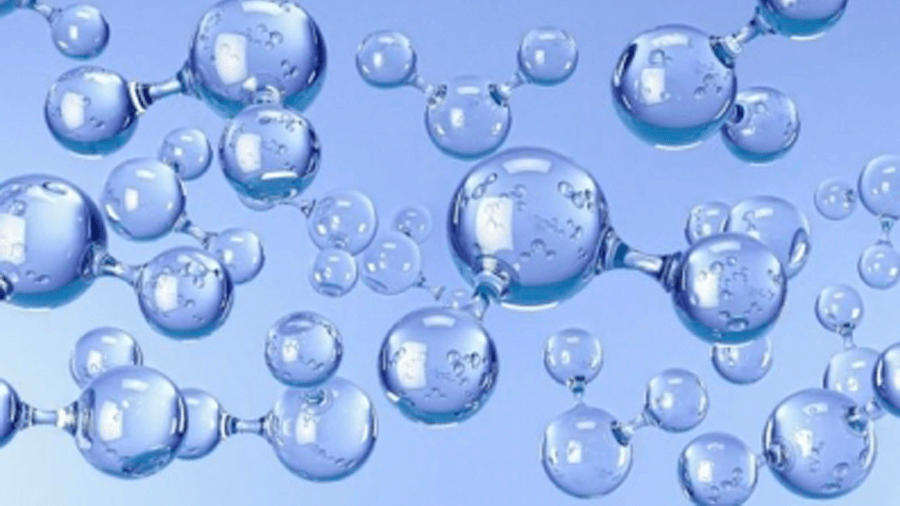Types and standards of drinking water quality

Types and standards of drinking water quality
In different countries, these standards may vary: the differences depend on the characteristics of surface and groundwater within a given area, statistics of various diseases, the climate and many other factors. In this article, we will tell what standards determine the quality of drinking water and why artesian water is reasonably considered the best option.
Drinking water according to the State standard (GOST)
Surface and underground sources are primarily used for centralized drinking water supply. Water from these sources meets hygienic and ecological criteria. Drinking water should be safe in terms of epidemics (i. e. it should not contain pathogenic microorganisms) and the microelement composition. Organoleptic properties, such as smell, taste, color, are also quite important.
Primary water analysis is carried out on its entering the water supply system, further one is at the draw-off points of external and internal water-supply system. According to microbiological indicators, any drinking water (surface, artesian or groundwater) must meet the following requirements:
- no more than 100 microorganisms per 1 cm3 of water;
- no more than 3 bacteria of intestinal bacillus per 1 dm3 of water.
Due to the depth and concentration of salts, artesian water is much safer and virtually free of microorganisms, in comparison with the surface and groundwater.
Toxicological indicators of water quality characterize the safety of its chemical composition and include standards for substances, which occur in natural waters, are added to water as reagents in the process of treatment, as well as arising as a result of industrial, agricultural, domestic and other types of pollution of water supply sources.
The concentration of chemicals found in natural waters or added to water during its treatment should not exceed the following standards:
- aluminum - no more than 0,5 mg per dm3;
- beryllium - no more than 0,0002 mg per dm3;
- molybdenum - no more than 0,25 mg per dm3;
- arsenic - no more than 0,5 mg per dm3;
- nitrates - no more than 45 mg per dm3.
According to the Ukrainian standards, the permissible water hardness is 7 mmol per dm3.
The EU, US and WHO standards
In the European Union, the permissible water hardness is 1.2 mmol per dm3, and the standards are generally much stricter. The same applies to the standards set by the World Health Organization. Therefore, many Ukrainian producers are aimed at these indicators.
Thus, according to the EU standard, the permissible content of aluminum in water is 2.5 times, of nitrogen - 4 times, of manganese and sulfates - 2 times, of arsenic and silver - 5, of chlorides - by 30% lower than in the GOST rules. The WHO standards do not allow the presence of beryllium, nickel, strontium and silver in the water, in contrast to the Ukrainian State Standard.
It is also noteworthy that the standards of WHO and the EU allow a higher concentration of cyanides, nitrates, copper and boron.
Why choose artesian water?
Since the mineral content in artesian water is higher than it should be, it also undergoes treatment but the process is much faster and easier. In the well water, it is only necessary to reduce the amount of minerals – due to the depth, it is not polluted with waste, fertilizers, etc. High concentration of mineral salts does not allow the pathogenic microorganisms to develop in water, which also makes it microbiologically cleaner.

